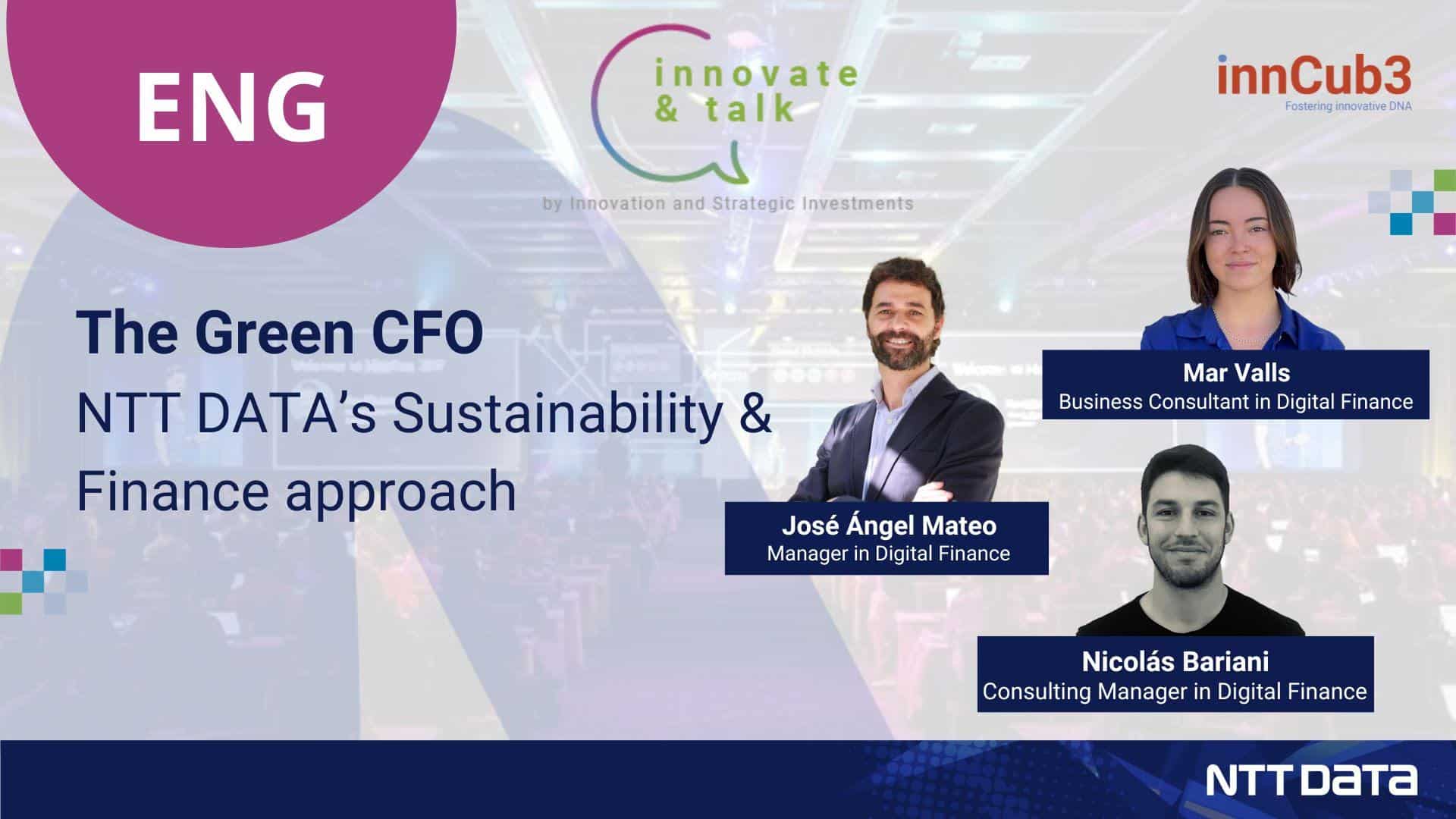The focus on Enterprise Value
Value-based management (VBM) is a managerial approach oriented to run the business aiming to maximize enterprise value. This entails shifting the mindset when setting goals, defining strategies, planning actions, making business decisions, assessing performance, and establishing rewards, so they are oriented to create and preserve shareholder value.
By adopting the Value-based management approach on program management, we ensure company is dedicating its resources to those initiatives that effectively contribute to increase its profitability and overall worth.
When applying the VBM principles to individual projects’ management, we build a framework and foster a culture where projects are defined, planned, managed, and executed with focus on their contribution to generate value for the organization.
Identifying and measuring Value
When taking Value-based Program Management into action, the first big challenge is to identify what are the key factors that drive enterprise value in a particular program or project for a specific organization. Those factors, known as Value Drivers, will vary depending not only on the industry and the company, but also on the competitive strategy. This means, Value Drivers need to be reconsidered over time and/or on a program-basis considering the company strategy, objectives, and circumstances for that engagement.
Our approach to determine the Value Drivers for a particular program considers not only variables that have direct financial impact -revenue growth, cost savings, …- but also other intangible factors that contribute to generate value for the organization by improving its competitiveness, repositioning in the market, ensuring business continuity, etc. These are drivers which financial impact cannot be effectively calculated or measured but are relevant from a strategic perspective -e.g. agility, flexibility, customer satisfaction, control… Defining the specific Value Drivers for each transformation program is a key activity to ensure an effective value-driven approach throughout.
The second main challenge is to compute the value contribution of each project or initiative. This requires a thorough work of identifying and measuring the economic and business impact for each particular action or improvement opportunity, i.e. the potential savings generated, associated costs, required investments, net worth improvements and intangible benefits. With these findings in hand, we are prepared to conduct a Cost-Benefit Analysis to determine the value or desirability of the project/initiative by balancing the potential benefits and costs, helping make sound investment or resource allocation decisions based on expected ROI or NPV. The final outcome of these analyses is the Value Case, a comprehensive document that outlines the potential value contribution of the corresponding project or initiative, setting the objectives and serving as reference for performance evaluation on its posterior deployment and business run.
Capturing Value
Capturing value involves realizing the potential benefits of each initiative by effectively articulating the required actions. Depending on the objectives, different levers may be used to traction change. For example, if you are aiming to improve operational efficiency and reduce service cost, you might consider lean process reengineering, automation, digitalization, organizational restructuring or revisiting the service delivery model.
The successful application of these mechanisms also hinges on the effective change adoption by key members within the organization. Adequate communications and engagement strategies are crucial to foster understanding, alignment and buy-in from key stakeholders. Recognizing the benefits for each collective or individual and establishing incentive structures linked to the value realization can help not only to reinforce willingness to embrace change, but also encourage ownership and strengthen commitment to the success of the initiative.
Making it happen – the role of the Value Management Office
Addressing all those challenges is not trivial; it requires a solid understanding of the functional areas impacted, a sound knowledge of business transformation methodologies, and financial savviness to understand the impact on the enterprise value. Of course, it also requires a substantial amount of time and effort to define the playbook for value recognition, guide the project execution teams on identification and measurement of costs and benefits, and building a comprehensive Value Case.
The Value Management Office (VMO) is the structured organizational entity that governs the Value Case and provides the capabilities for an end-to-end value management through the program lifecycle. This is a specialized team dedicated to ensuring all program initiatives and project workstreams adopt a value-driven approach in their analysis, providing guidelines and resources to identify cost savings and business outcomes throughout. Depending on the program structure and characteristics, the VMO may be embedded or be part of the Business Transformation Office, a broader entity that may also provide strategic and/or functional advisory, program and change management capabilities).
In addition to the specialized and skilled workforce, the VMO provides a complete framework for the value management, including guidelines, methods, tools, and templates to accelerate and ensure effectiveness from planning to execution.










